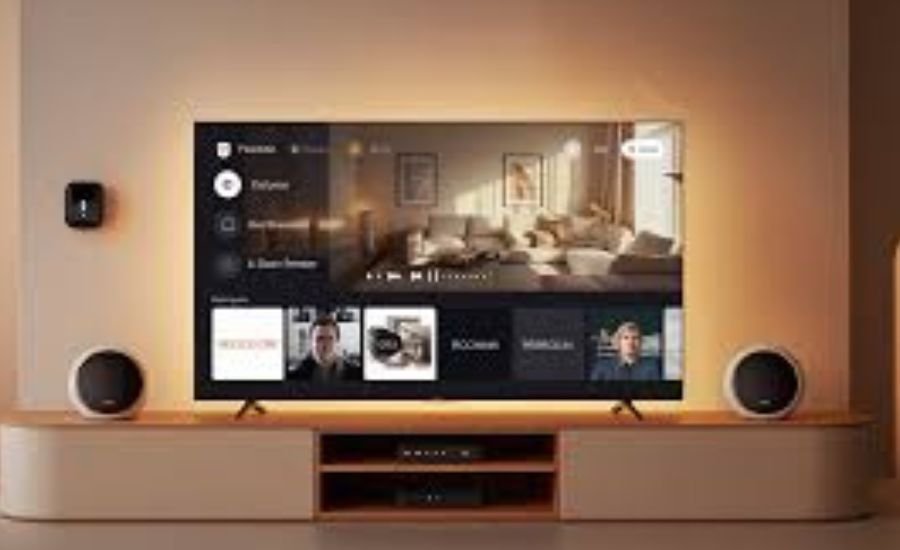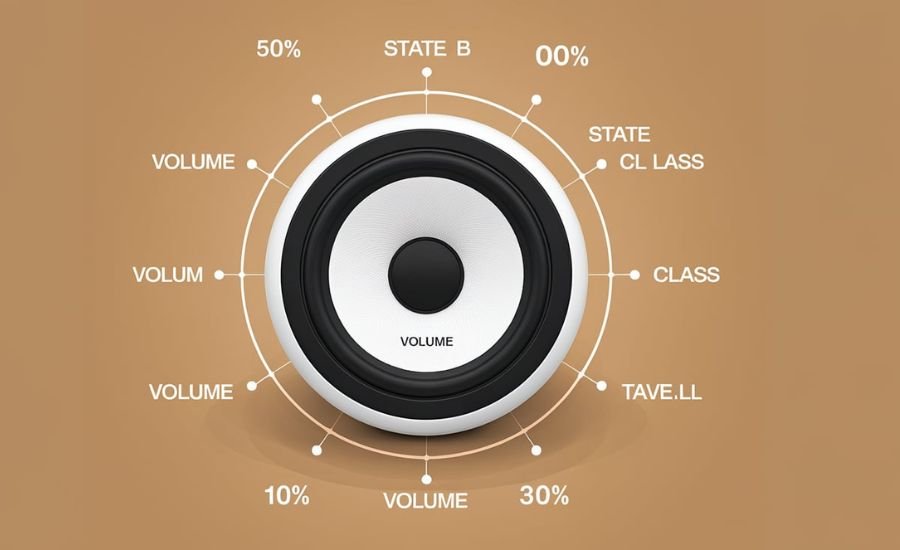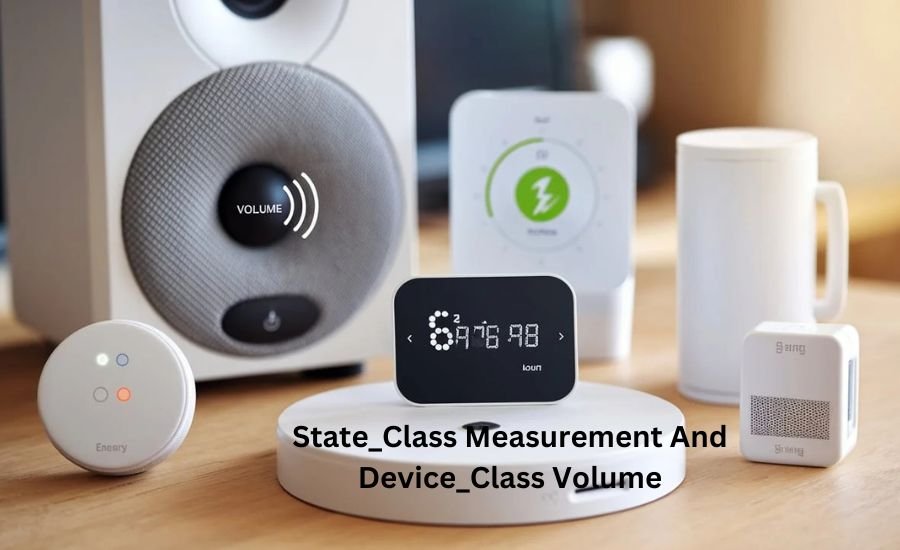Wellcome to our blog at worldwids, When it comes to state_class measurement and device_class volume understanding how things work in the world of technology, the terms “state_class measurement and device_class volume” can sound a bit confusing. But don’t worry! In this blog post, we will break them down for you in the simplest way possible. These terms are important because they help in measuring and understanding different kinds of devices and their capabilities. Whether you are just starting out or looking for a refresher, this guide is here to help!
State_class measurement refers to the way we check and track the state of a device, while device_class volume talks about how much space or power a device can handle. In short, these two concepts help engineers and developers design devices that work better, faster, and more efficiently. Let’s dive into these ideas further and see how they can be useful in everyday tech!
What is State_Class Measurement and Why is It Important?
State_class measurement is a way to check the current “state” or condition of a device. For example, think about a toy that needs batteries. State_class measurement would tell you if the toy is working, turned off, or if the batteries need to be replaced. This helps engineers know how devices are performing.
State_class measurement is important because it helps people understand how devices are doing at any given moment. Without it, it would be hard to know if a gadget is working properly or if something is wrong. This way, engineers can fix problems quickly and keep devices running smoothly.
Knowing the state of a device is important in many areas like computers, phones, and even machines in factories. If the state of a device is not measured, we might face bigger problems later. In simple terms, state_class measurement keeps everything running as it should.
The Basics of Device_Class Volume Explained Simply

Device_class volume refers to how much space or power a device can handle. Imagine you have a backpack. If you try to put too many books inside, it might break. The device_class volume is similar—it tells us how much a device can carry without breaking.
In tech, each device has limits. A phone can only store so many pictures and apps before it starts to slow down. A hard drive can only hold so many files before it runs out of space. This is why understanding device_class volume is crucial for both designers and users.
Knowing the device_class volume helps in deciding which device is right for a specific need. For instance, a gamer might need a bigger storage volume on their computer than someone who just uses it to browse the internet. So, understanding volume can help users make better choices.
How State_Class Measurement Affects Device Performance
When we talk about state_class measurement, we are talking about how well a device is working at any moment. For example, if your phone’s battery level is low, this is part of its state. If the state is not good, the device won’t perform well, like when a car runs out of gas.
The performance of any device depends a lot on its state. For instance, a phone running low on memory may freeze or slow down. State_class measurement helps us keep track of these things. By checking the state regularly, we can avoid performance problems before they happen.
Also, engineers can use state_class measurement to fix any problems faster. If they know a device is in bad shape, they can do repairs or upgrades. This helps ensure that devices keep working well for a long time.
Why Device_Class Volume Plays a Key Role in Tech Devices
Device_class volume is a key part of making sure that tech devices run smoothly. It tells us the maximum capacity of a device, whether it’s for storing files, running apps, or even how much power it needs. For example, think about a phone with a large memory—this means you can store more things, like pictures or videos.
If a device’s volume is too small, it won’t be able to store or handle the tasks you want it to. For example, a device with low storage volume might be too slow when you try to install new apps or download videos. That’s why device_class volume is so important for making sure your device does what you want it to do.
Device_class volume is especially crucial when designing devices. Engineers need to know how much space a device needs to work properly. This allows them to create products that meet user needs without having too much or too little capacity.
How to Use State_Class Measurement to Improve Devices
State_class measurement can help engineers improve devices. By checking the state of a device, they can find out if there are any problems, like low battery or overheating. These measurements tell them exactly where the device needs attention, so they can make it better.
For example, if a smartphone’s state shows that the processor is overheating, engineers can design ways to cool it down. Or, if a device’s state shows low storage, they can add more memory or offer tips to the user on how to free up space.
Regular state_class measurements help improve the user experience. They make sure that devices work better and last longer. By using these measurements, engineers can prevent many issues before they even happen, making technology more reliable and user-friendly.
Understanding Device_Class Volume in Simple Terms

When we talk about device_class volume, we are referring to how much a device can handle. This can be physical space, like how many files a computer can store, or it can be the amount of power it needs to run. Understanding this helps you choose the right device for your needs.
For instance, a tablet with more device_class volume can hold more apps, photos, and videos. If you want to store a lot of files or run large programs, you need a device with more volume. This ensures that the device works without slowing down or running out of space.
Device_class volume is also important when it comes to energy usage. Devices with higher volume might need more power to function well, so it’s important to consider this when choosing devices for different purposes.
State_Class Measurement vs. Device_Class Volume: What’s the Difference?
While both state_class measurement and device_class volume help us understand devices, they are different. State_class measurement is about checking the device’s condition—like whether it’s working properly or if it needs charging. On the other hand, device_class volume is about how much the device can handle—whether it’s storage space or energy.
State_class measurement can tell you the health of the device, while device_class volume tells you how much the device can store or process. Both are important, but they focus on different parts of the device.
To summarize, state_class measurement helps with performance and health, while device_class volume is about capacity and power. Understanding both will help you pick the right device for your needs.
Real-World Examples of State_Class Measurement and Device_Class Volume
In real life, we see state_class measurement and device_class volume everywhere. For example, when you check the battery level on your phone, that’s a type of state_class measurement. It tells you the state of your phone’s battery and helps you decide when to charge it.
Another example is when choosing a computer. A computer with a higher device_class volume will be able to store more files and run larger programs without slowing down. So, when you need a new device, it’s helpful to think about both state_class measurement and device_class volume to make the right choice.
Understanding these terms can help you take care of your devices better. By keeping track of their state and knowing their capacity, you can avoid problems and ensure your devices work smoothly for a long time.
How Engineers Use State_Class Measurement and Device_Class Volume
Engineers use state_class measurement and device_class volume to build better products. For example, they use state_class measurement to monitor the device’s performance and ensure that it doesn’t overheat or run out of memory. This helps them make sure the device is running at its best.
In addition, engineers use device_class volume to design devices that can store enough information or have enough power to handle all tasks. They carefully plan how much storage or processing power a device will need, ensuring that users don’t face issues like running out of space or power.
By understanding both state_class measurement and device_class volume, engineers can create devices that are more efficient and reliable. This makes technology better for everyone.
Improving Technology with State_Class Measurement and Device_Class Volume
To improve technology, it’s crucial to understand both state_class measurement and device_class volume. By checking a device’s state regularly, we can spot issues early. For example, if a phone’s battery level is low, users can charge it before it shuts down.
On the other hand, understanding device_class volume helps tech creators design devices that have enough capacity for all your needs. Whether it’s storage for videos or power for apps, knowing the volume ensures that the device performs well.
Together, these two ideas—state_class measurement and device_class volume—make devices better, faster, and more efficient. This is how technology keeps getting better for everyone.
Step-by-Step Guide to Understanding State_Class Measurement

To fully understand state_class measurement, think of it like checking the health of a device. You start by looking at things like battery life, memory usage, and temperature. These measurements help you know if the device is working well or needs some help.
When you measure a device’s state, you’re checking if it’s ready for use or if something needs fixing. For example, a smartphone’s state might show that it needs a software update or that its storage is full. These measurements guide users and engineers in making sure the device runs smoothly.
In a way, state_class measurement is like a doctor checking a person’s health. It helps keep the device in good condition so it can perform its best.
Common Misconceptions About Device_Class Volume Explained
One common misconception about device_class volume is that bigger is always better. While it’s true that a device with higher volume can store more data or run more apps, sometimes too much storage can cause problems. If the device is too big or heavy, it might not be as portable or easy to use.
Another misconception is that all devices with higher device_class volume are faster. But the volume is just part of the story. Other factors like the processor speed and the type of storage also affect how well a device works. So, it’s important to think about everything, not just the volume.
Understanding device_class volume helps users make the best choice based on their needs. It’s about finding the right balance.
How to Measure Device_Class Volume: A Beginner’s Guide
Measuring device_class volume is easier than it sounds. For storage volume, you can simply check how much space is used or free on a device, like on a phone or computer. For power volume, you look at the battery or the wattage needed to run the device.
You can also check the specifications of a device online to know its total volume. This will tell you how much data it can handle or how much power it requires to work.
Once you understand how to measure device_class volume, you can make better decisions when choosing a device, ensuring that it fits your needs.
The Future of State_Class Measurement and Device_Class Volume in Tech
As technology advances, both state_class measurement and device_class volume are expected to improve. In the future, devices may be able to measure their state more accurately, helping users avoid problems before they happen.
Device_class volume will also evolve. We might see devices with even higher capacities and better power management. This will make it easier to store more data and run more demanding applications without slowing down.
In short, as technology moves forward, both state_class measurement and device_class volume will play even bigger roles in making devices more efficient and user-friendly.
Do You Know: What-Is-Dacac24
Why You Should Care About State_Class Measurement and Device_Class Volume
Caring about state_class measurement and device_class volume helps you get the most out of your devices. By knowing how to measure the state of your device, you can fix problems before they affect performance. Understanding device_class volume lets you choose the right device for your needs, so you don’t run into storage or power issues.
When you pay attention to both, you ensure that your tech works better and lasts longer. This is why these two concepts are so important in the world of technology!
Conclusion
In conclusion, understanding state_class measurement and device_class volume is super helpful when it comes to using and choosing devices. State_class measurement helps us keep track of a device’s health, like checking if it’s working properly or if something needs fixing. On the other hand, device_class volume tells us how much a device can store or how much power it needs. Together, they help make sure our tech works great and lasts longer.
By knowing about these two important ideas, you can take better care of your devices and make smarter choices when buying new ones. Whether it’s checking if your phone needs a charge or choosing a computer with enough storage, these measurements help you get the best out of your gadgets. So, keep these tips in mind, and enjoy using your devices to the fullest!
Latest Blog: Why-Do-Ions-Travel-Back-And-Forth-In-Orbitrap
FAQs
Q: What is state_class measurement?
A: State_class measurement checks the current condition of a device, like whether it’s working properly, if the battery is low, or if it needs an update. It helps to monitor device health.
Q: Why is device_class volume important?
A: Device_class volume tells you how much data or power a device can handle. It helps you know if a device can store enough files, run apps, or perform tasks without slowing down.
Q: How does state_class measurement affect device performance?
A: State_class measurement helps to track the health of a device. If the device’s state is poor (like a low battery or too much memory used), it can affect how well it works, causing it to slow down or crash.
Q: Can device_class volume be increased?
A: In some cases, yes! For example, you can increase storage volume by adding an SD card or upgrading your device’s hard drive. However, power volume is fixed based on the device’s design.
Q: How often should I check the state_class measurement of my device?
A: It’s a good idea to check the state of your device regularly, especially before doing important tasks like updating software or downloading new apps. Monitoring it helps avoid problems early.
Q: Does higher device_class volume always mean better performance?
A: Not necessarily. While more volume (like storage or power) allows a device to handle more tasks, other factors like processor speed and software optimization also affect performance.
Q: How do engineers use state_class measurement in devices?
A: Engineers use state_class measurement to monitor a device’s health. This helps them make adjustments, like fixing overheating issues or improving battery life, ensuring the device runs smoothly.
Q: What happens if I ignore device_class volume limits?
A: Ignoring device_class volume limits, like running out of storage or power, can cause devices to slow down, freeze, or even stop working. It’s important to manage your device’s volume within its limits.
